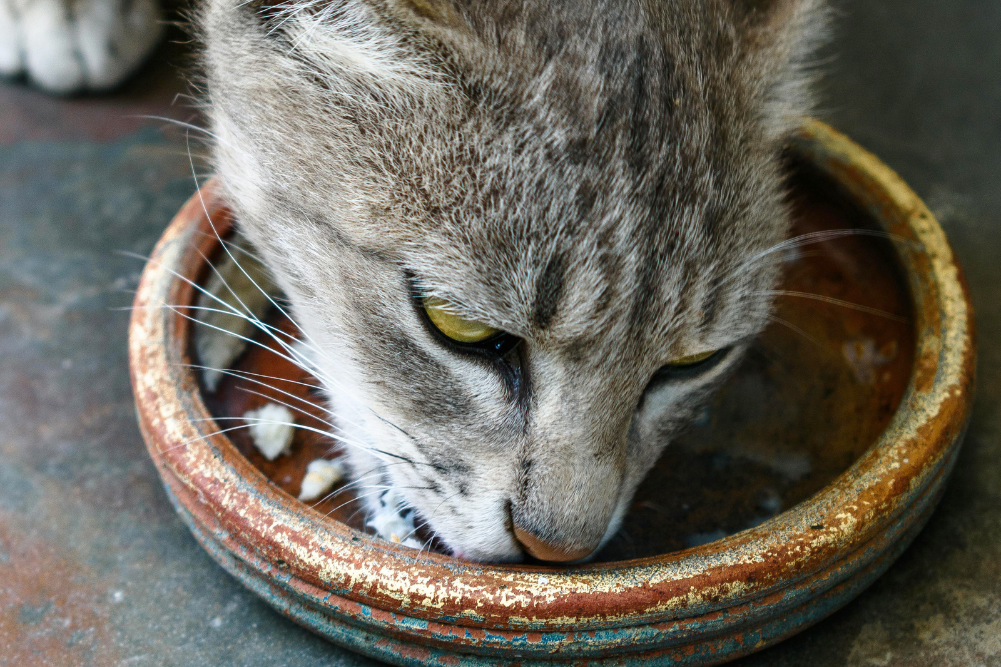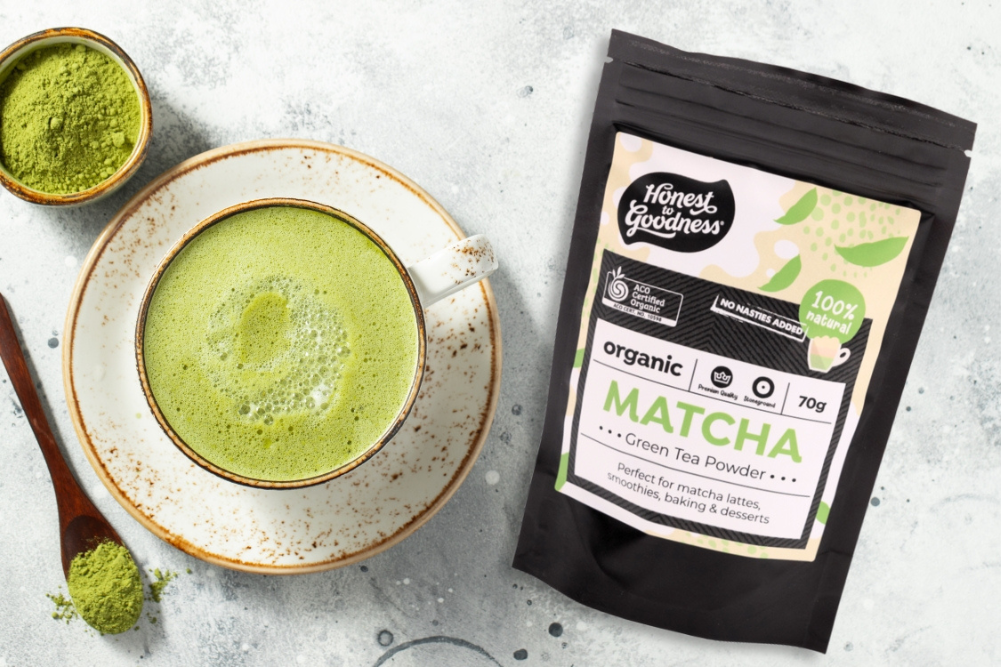Chinese Medicine Dietary Therapy
Discover how TCM herbal therapy uses temperature, taste and balance to naturally support pet health and wellbeing.
Food has been used as medicine for thousands of years. It is one of the treatments in traditional Chinese medicine (TCM), alongside herbal medicine, acupuncture, physical therapies such as tui na (Chinese massage), and meditative movement such as qi gong and tai chi.
TCM food theory considers the energetics of foods based on temperature and taste. Other considerations include temperance (for example, eating in moderation), method of food preparation (cooking vs fresh) and eating according to the season.
Temperature
Foods in TCM are regarded as hot, warm, neutral, cool or cold. Heating or warming foods are fed to animals that have cold conditions such as chronic diarrhoea or acute flu. Cooling foods are fed to those with heat conditions, such as acute allergic dermatitis.
Highly processed diets like ultra-processed cooked dry foods are considered to be heating and therefore contraindicated in animals with heat or damp heat conditions. On the other hand, raw diets are more cooling and may be contraindicated in dogs and cats with not enough fire to warm the spleen (symptoms of vomiting, poor appetite, acute small intestinal diarrhoea).
Vegetables are considered cooling (spinach) or neutral (sweet potato). In general, vegetables can clear heat, ease defecation, promote urination and dissolve phlegm (pathogenic damp). They also contain vitamins, antioxidants, inorganic salts and sugars.
Cereals and pulses are often neutral. They tonify the spleen and stomach, and drain damp. They help stop diarrhoea such as by adding cooked basmati rice or soaked pearl barley to cooked chicken in acute small intestinal diarrhoea.
Meats tend to be neutral except for lamb and mutton. These are regarded as heating. Fish nourishes yin (moisture) and is neutral to cooling.
Taste
Sour: astringent and gathering and benefits the digestive tract by stimulating the gall bladder and pancreas.
Bitter: eliminates dampness, cools heat and stimulates digestion.
Sweet: tonifying and harmonising.
Pungent: dispersing, eliminating pathogens and stimulating circulation.
Salty: moistens the interior and softens hardness.
Organ therapy means eating the affected organ. Examples seen in Western medicine include the use of dried pancreas, which contains pancreatic enzymes for dogs with pancreatic disease, and feeding heart, which contains taurine, beneficial to dogs and cats with cardiac disease.
Food charts help us work out the properties of individual foods. As TCM developed over thousands of years across many regions of China, these charts vary. Some common foods, for example kangaroo, are not seen in traditional charts.
Kidney yin-deficient cat
One example is the geriatric cat with increased thirst, a dry, red tongue and a tendency for constipation. In TCM, this cat is hot and yin deficient, and the diet should be cooling and moistening.
A raw diet can be considered, but some cats with kidney deficiency may have both kidney yin and yang deficiency. They may tend to be cold with a weak spleen, vomiting and diarrhoea. For these cats, a cooked diet is preferred.
Cats are obligate carnivores and generally don’t need a lot of carbohydrates in their diet. (Some cats may have a protein-losing kidney disease, and for these cats a balanced low-protein diet is recommended.)
Meats to be considered include cooked white fish, pork mince (must be cooked for cats), raw turkey mince and raw duck. Include organ meats such as raw chicken hearts and raw kidneys, a source of natural erythropoietin. A small amount of cooked sweet potato moistens the large intestine, with lightly cooked blended spinach, broccoli and the occasional blueberry (yin tonic) as a treat.
Avoid foods that are high in phosphates such as egg yolk and hard cheese and consider adding a calcium and fibre supplement to bind phosphorus. The diet should be balanced with an appropriate, low-phosphate supplement for cats and omega-3 essential fatty acids. Regular veterinary check-ups are required for any pets on a homemade diet, and adjustments may need to be made based on clinical exams or blood tests.
All diets should be species and life-stage appropriate and ideally minimally processed to reduce chemical load. If using raw: practise excellent food hygiene and be aware of concerns, for example raw chicken necks and campylobacter infection in dogs.
Diets must be palatable, practical and achievable. The most important thing is that the patient must thrive. Any diet change should be gradual and, in many cases, instead of an entire change, I just add some additional foods to the diet based on TCM feeding. Always discuss any diet changes with your pet’s regular vet or a vet experienced in TCM veterinary medicine.








